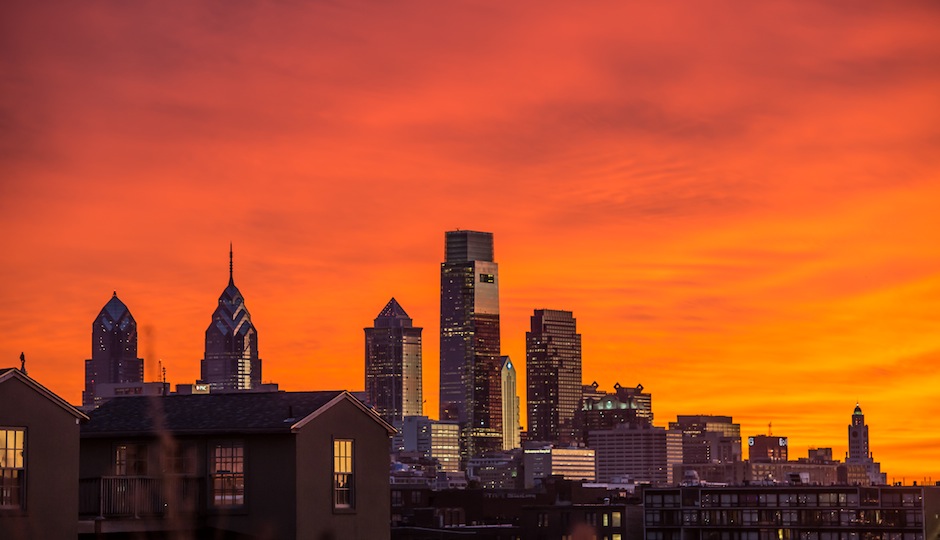Follow @joelmmathis on Twitter.
Philly Metro Area Slips to 7th-Largest in the U.S.

Photo credit: Chad M. via Flickr
Philadelphia is growing. But it’s also losing ground.
New estimates released today by the U.S. Census Bureau show the metropolitan area — which also includes Wilmington, Camden and Philly’s suburbs — grew by about 16,000 residents in the year ending July 1, 2015.
Other big-city metro areas are growing faster. The bureau reported that during the same year, the Washington D.C. metropolitan area — which gained nearly 64,000 residents during the year — slipped past Philly and into sixth place among America’s largest metropolitan areas.
The folks in D.C., of course, were being jerks about it:
“Philadelphia’s demographers, meanwhile, will have to sulk under the Rocky statue as their region continues to wane in the future,” Benjamin Freed wrote at The Washingtonian today. “(One theory: They know Philadelphia just isn’t as equipped as other places to host massive events like, say, a papal visit.)”
Since the last official Census in 2010, the Philadelphia metro has grown by more than 104,000 residents, and now has an estimated 6,069,875 residents. At the beginning of the decade, the region was the fifth-most populated in the nation.
The newest numbers suggest the Philadelphia region’s modest growth has been driven by two factors over the last five years: births and international immigration. Since 2000, there have been 379,426 births and just 279,211 deaths. And while nearly 100,000 residents have left the region, according to the Census, almost 108,000 new residents have arrived from out of the country.
“What’s keeping us from declining, for the most part, is immigration from abroad,” said James W. Hughes, dean of the Edward J. Bloustein School of Planning and Public Policy at Rutgers University, told Philly.com.
In fact, international immigration was a common factor in the growth of America’s top 10 metro regions. Of those, only Atlanta had a smaller numeric increase than Philly in the number of immigrants between 2010 and 2015. (The number for Washington D.C. was not immediately available.)
There are arguably ways that Philly can do a better job of attracting immigrants. But some of the factors affecting metropolitan-area growth may be out of the control of the region’s leaders: Seven of the 10 fastest-growing metros in the last year were in the South — Colorado claimed two other spots on the list — including three each in the relatively warm and sunny climes of Texas and Florida. The biggest numerical gainers followed suit: Houston and Dallas led the way, followed by Atlanta and Phoenix.